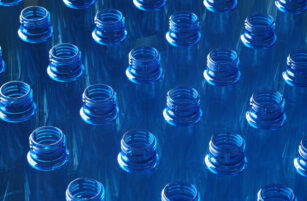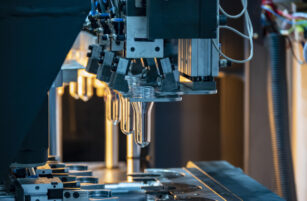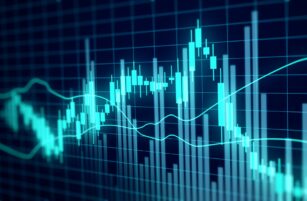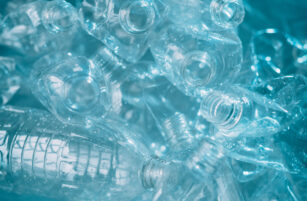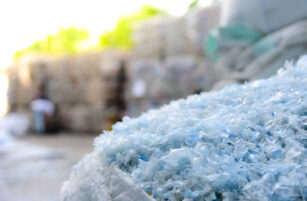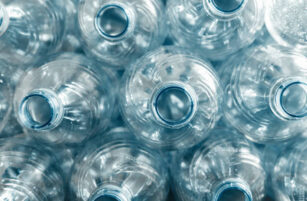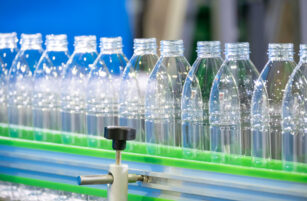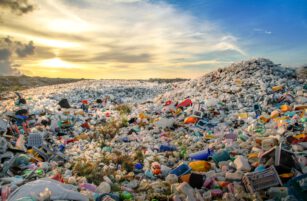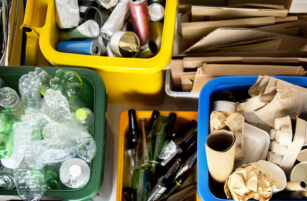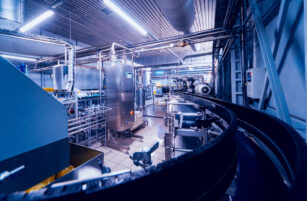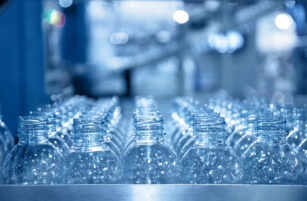- So far, we’ve concentrated on the different types of plastics and the wider supply chain.
- We now turn our attention to why we’re globally dependent on plastics.
- We draw particular reference again to their multiple uses in the food and beverage industry.
How Did We Get Here?
It might be nostalgic in the US to remember the glass Coca-Cola contour bottles in wooden crates with a refund on return, or for the British, washing out milk bottles for collection and reuse.
Coca-Cola is currently experimenting with paper bottles and, since February 2021, all of its sodas in the US have been made from recycled plastic. In 1975, 94% of UK milk was sold in glass bottles compared to around 2% today.
In an earlier article, we provided a graph of the exponential global use of plastics from 1950 to 2015, which provoked serious concerns.
Prior to the introduction of plastics, particularly from the 1950s onwards, the food and beverage industry had to rely on materials such as wood (for transportation crates), paper (for wrapping), glass (for bottles), cotton, jute and hemp (for bags), and rubber (for lids and bottle stoppers).
These materials had numerous disadvantages compared to plastics, although some of them have solid environmental profiles. Glass bottles and jars, for example, are almost infinitely recyclable.
A Home Experiment
When I was preparing this article, I carried out an experiment in my kitchen. I opened the refrigerator and estimated the number of items in it (about 70).

Then, I counted up the number of items that had no plastic in them. There was one; an opened jar of black olives in a glass jar with a metal cap.
Next, I estimated how many could be produced and stored in another way. Assuming I accept the UK Government’s COVID-19 advice that bulk food is safe, I suppose I could make some progress on the fruit and vegetable wrapping if I restricted my choice or just happened to have a farmer’s market nearby.
When I opened the freezer, however, there were zero items that contained no plastic.
Responsible Use
Although a major theme in these articles is about environmental issues, this article, as a precursor, is a reminder of the advantages of plastic.
Even though plastic comes from a finite resource (oil and gas), and in some situations can be substitutable by other natural products, the use of plastics is only likely to increase. So, the question becomes more about how we use this resource in a responsible way.
The Advantages of Using Plastic
Plastics are (mostly) safe for use with food and beverages. This means they have a special role in disaster relief situations where drinking water has become contaminated; water in plastic bottles is often the first disaster relief item to arrive. They are also major contributor to reduction of food waste, as they increase a product’s shelf life.
Plastics are also highly convenient, with their lightweight nature making transportation, energy saving and malleability more achievable. They are easy to colour too, which helps produce attractive packaging.
Other useful qualities for producers include their durability and ability to withstand high temperatures.

Plastic packaging can easily be labelled as well with nutritional, allergenic and cooking information that can’t be achieved with bulk products.
Being made from petroleum hydrocarbons, their high density means they can be used as direct replacement for fossil fuels.
Perhaps most importantly though, they are vital to the medical industry, being used in saline water drips, syringes and for packaging sterilized equipment used in operations.
Czarnikow can structure tailored risk management solutions on both recycled and virgin packaging. If you’d like to explore how Czarnikow can help you manage your price risk management, please talk to Maximilian Kirby (MKirby@czarnikow.com).

Other Opinions You Might Be Interested In…
- Plastics: Making the Indispensable Environmental
- Plastics: How They Are Made
- Plastics and Resins: The Key Producers




